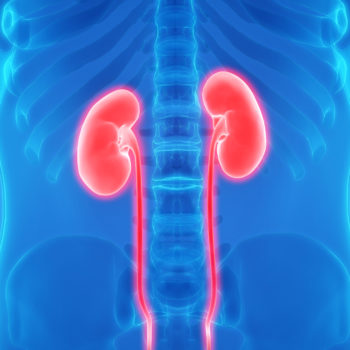It is the fourth most frequent cancer among men, the fifth in the general population, and its incidence is increasingly high in all Western countries. However, for many people, bladder cancer remains a little known cancer disease. Being little-known but of fundamental importance is also the relationship between bladder cancer and lifestyles. Bladder cancer can be prevented. How? And what are the warning signs? We talk about this topic with Dr. Rodolfo Hurle, urologist at Humanitas.
Aiom, the Italian Association of Medical Oncology, conducted a survey of over 1500 citizens to investigate their knowledge of bladder cancer. Less than 40% have heard about it, a higher percentage (78%) do not know that it can be prevented.
Smoking is the main risk factor
Only 23% of respondents considered smoking as a risk factor. Cigarette smoking, on the other hand, causes cancer in almost one in two diagnoses, says the association: “The risk of developing cancer is in proportion to years of exposure to cigarette smoking and the number of cigarettes smoked. A confirmation of the relationship between this risk factor and bladder cancer is the increase in diagnosis in women in the light of the increasing prevalence of this addiction in the female sex,” Dr. Hurle points out.
Therefore, prevention must be done by following a healthy lifestyle that categorically excludes this addiction: “To return to a risk comparable to non-smokers, it takes more than twenty years after quitting smoking”.
In addition to smoking, the other important risk factor for bladder cancer is exposure to certain chemicals used in the textile, rubber, leather and coloring industries. In Italy – says Aiom – a quarter of bladder cancers are associated with the latter risk factor. Workers exposed to these substances should carefully monitor their health by regularly subjecting themselves to medical check-ups,” adds Dr. Hurle.
What are the signs that deserve careful consideration?
The presence of blood in urine is a sign not to be underestimated although it is not specific to bladder cancer but typical of the most common urinary tract infections, as well as pain, burning and increased urinary frequency. Blood detection in urine is typical of bladder cancer, particularly if it occurs in the absence of other symptoms. Especially in people at risk, such as workers exposed to chemicals associated with cancer risk or smokers, these signs must be monitored with particular care,” concludes the specialist.






